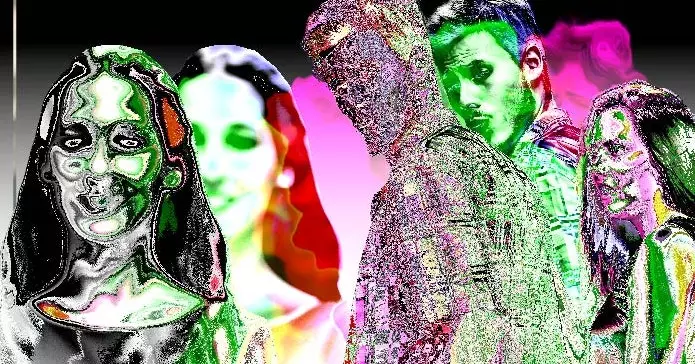In the vast world of the internet, memes have become a form of universal language that transcends borders and cultures. One of the most iconic memes to have emerged in recent years is the “distracted boyfriend” image, which captured a moment of a man checking out another woman while his girlfriend looks on in disbelief. This meme, like many others, has now undergone a transformation with the help of artificial intelligence.
Artificial intelligence has given rise to a new genre of videos known as “time traveler” videos, particularly popular on platforms like TikTok. These videos take existing memes and add a whole new layer of context to them, often creating a surreal and sometimes eerie effect. The “distracted boyfriend” meme, for example, has been reimagined in an animation where the boyfriend now follows the girl he was previously checking out, while his girlfriend looks on in confusion. This transformation was made possible by an AI model called Luma Dream Machine, which seamlessly integrates source images and text prompts to create realistic and high-quality videos.
As these AI-generated memes continue to circulate on social media, they have sparked both fascination and concern among users. Some are impressed by the AI model’s ability to rewrite internet history and breathe new life into old memes, while others are wary of the implications of AI altering our digital landscape. The visuals produced by Dream Machine are not without flaws, with some users finding them unsettling and even disturbing. However, the overall consensus seems to be one of amusement at the quirky and sometimes nonsensical errors created by the AI.
Despite the novelty and entertainment value of AI-generated memes, questions of ethics and authenticity have arisen. Is it fair game to edit and manipulate existing memes with the help of artificial intelligence? According to Know Your Meme editor Phillip Hamilton, the answer is yes. He argues that since memes are inherently a result of editing and remixing, using AI to further alter them is simply an evolution of the medium. The ubiquity of the original memes ensures that viewers are already familiar with the context, making the AI reboots more of a creative experiment than a threat to digital media preservation.
One of the most striking aspects of the AI meme revolution is the accessibility of the technology. Luma Dream Machine boasts the ability to generate 120 frames of high-quality video in under 120 seconds, opening up a world of creative possibilities for users. The availability of a “free” tier that allows for up to 30 clips per month has made Dream Machine a popular choice among meme creators. In contrast, other AI models like Sora, despite being unveiled earlier, have not yet been released to the public, highlighting the dominance of Dream Machine in the current meme landscape.
The fusion of AI technology with meme culture has unleashed a wave of creativity and innovation that shows no signs of slowing down. While there may be concerns about the impact of AI on digital media and the authenticity of online content, the allure of exploring new dimensions of familiar memes is undeniable. As we navigate this new frontier of AI-generated memes, one thing is certain: the internet will never be the same again.


Leave a Reply